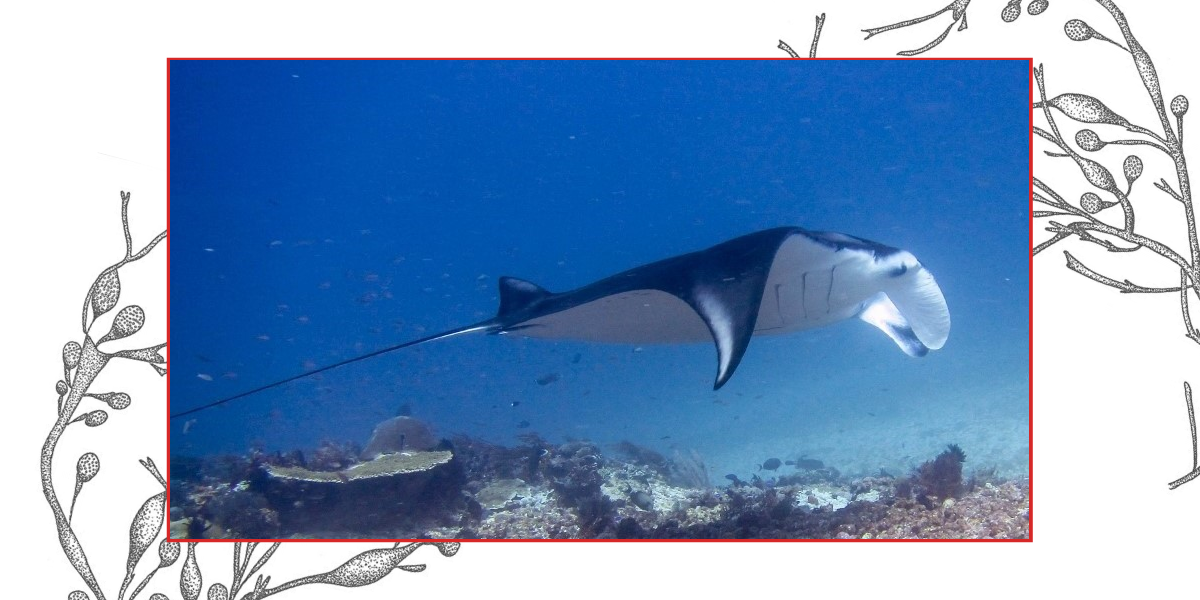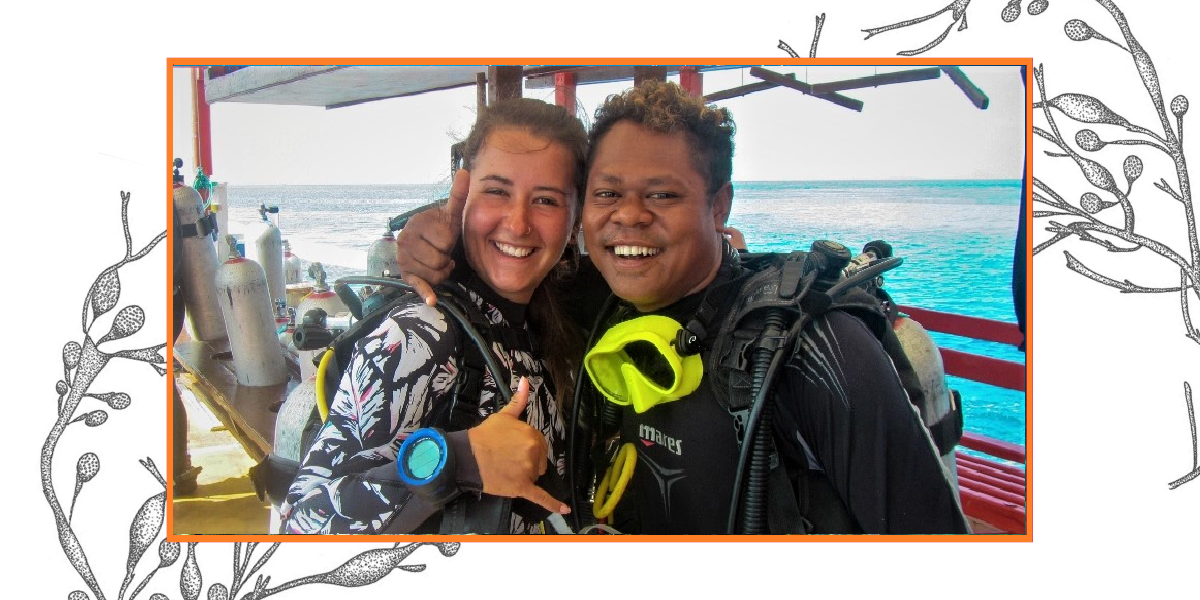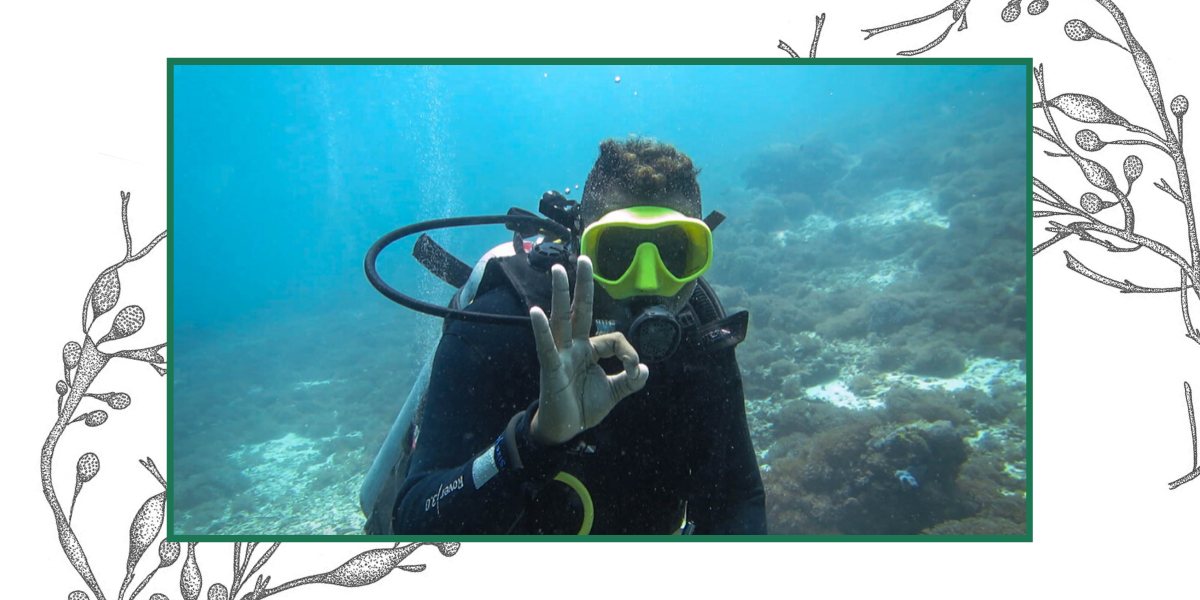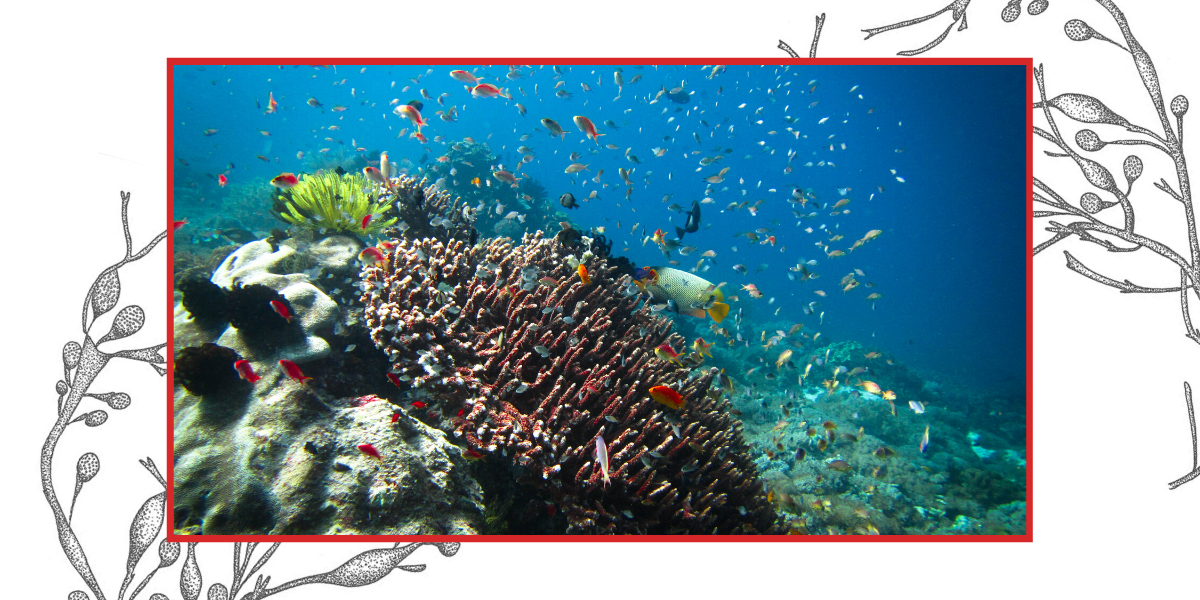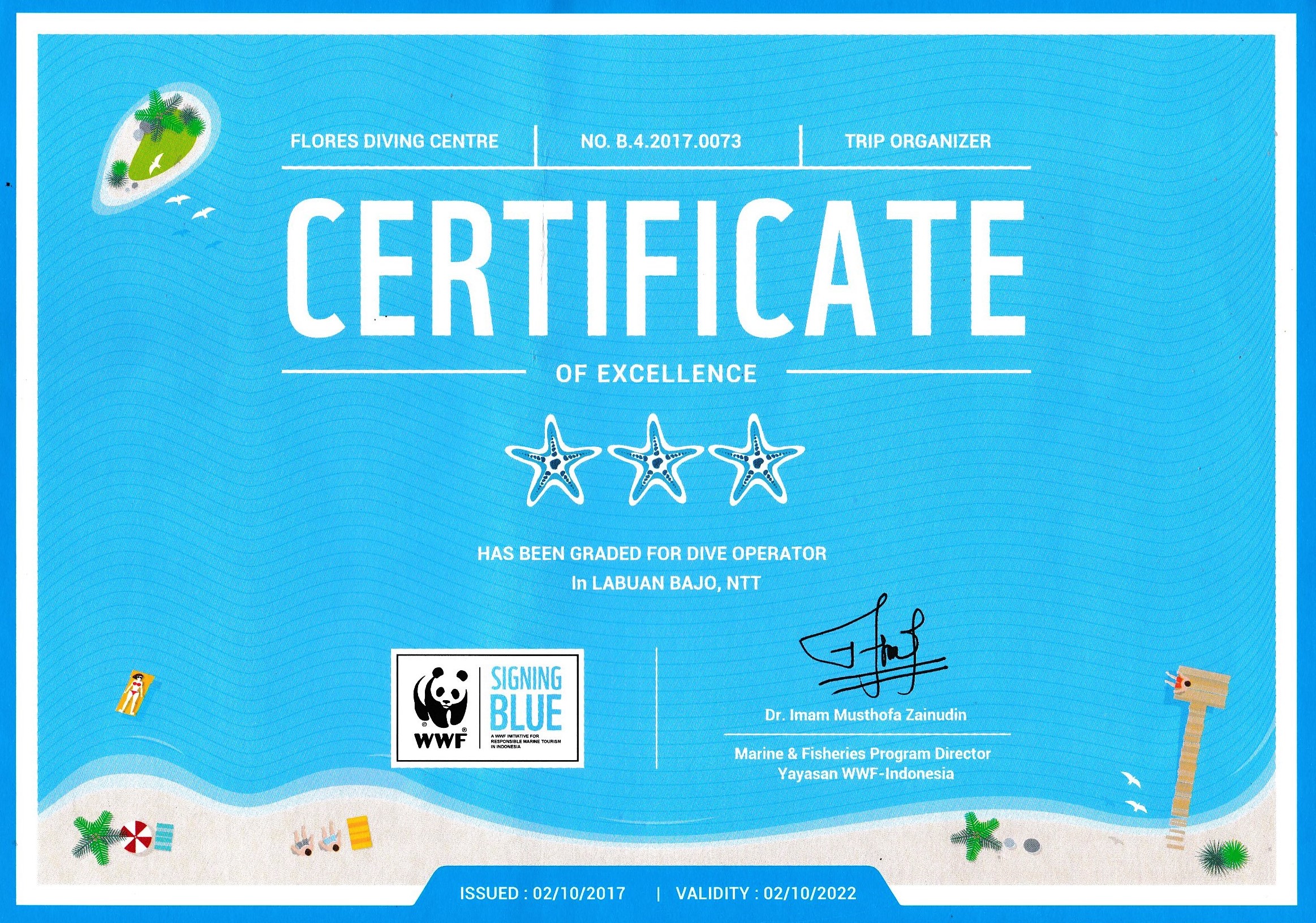Diving with manta rays is one of the most breathtaking encounters that divers can experience. The way that they glide so effortlessly is a beautiful thing to watch.
Some mantas love their bubble baths from the divers’ bubbles. Some love to swoosh over you, barely scraping the top of your head. Others glide past whilst gazing at you straight in the eye.
There are so many amazing facts about mantas that will make you fall in love with them even more. Let’s learn more about these amazing creatures before you meet them.
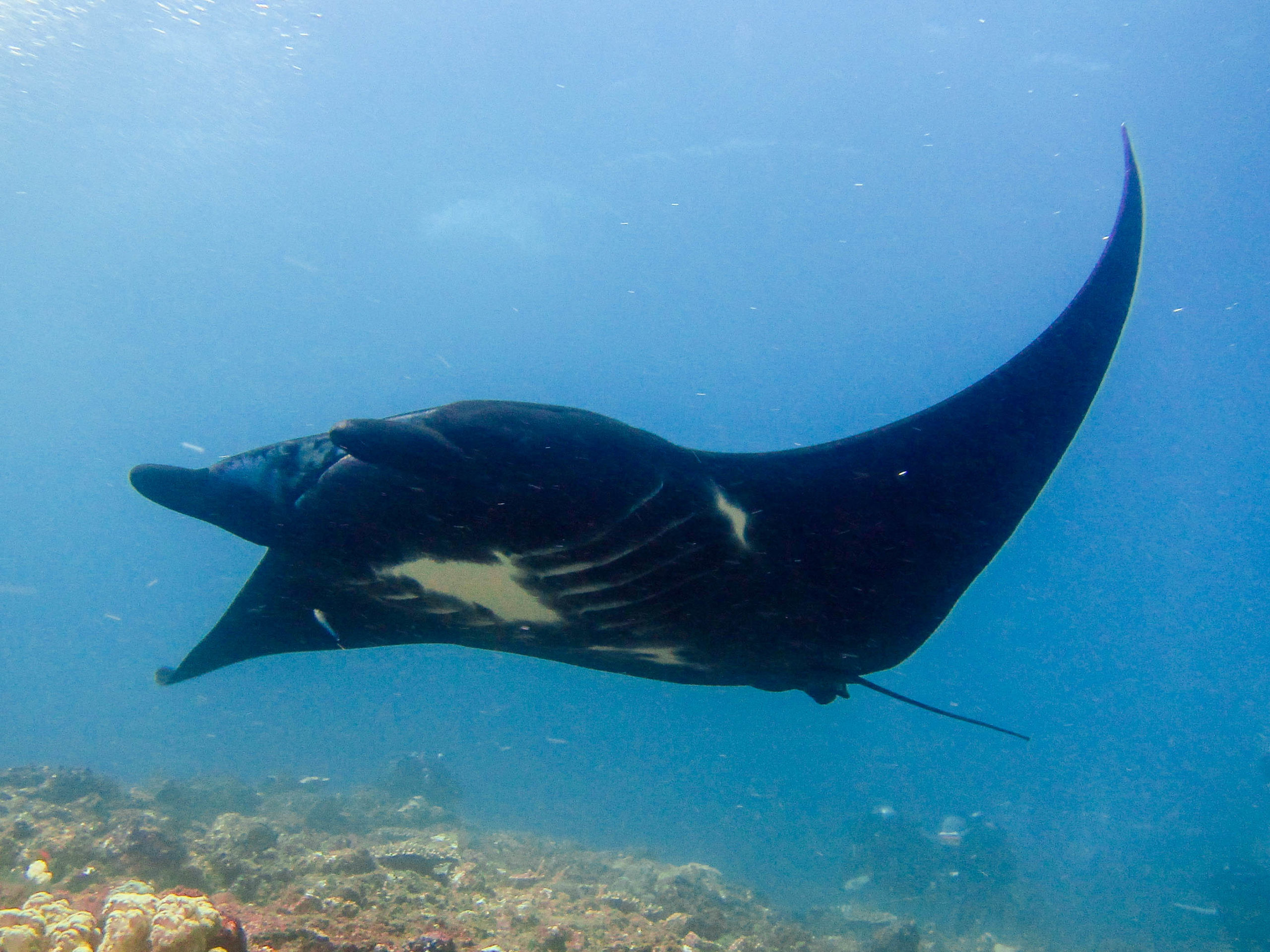
Manta facts
Species of mantas: resident reef manta ray and giant oceanic manta ray
Top speed: 24km per hour
Lifespan of a manta: up to 50 years
Status: Vulnerable
Where Can You Find Mantas?
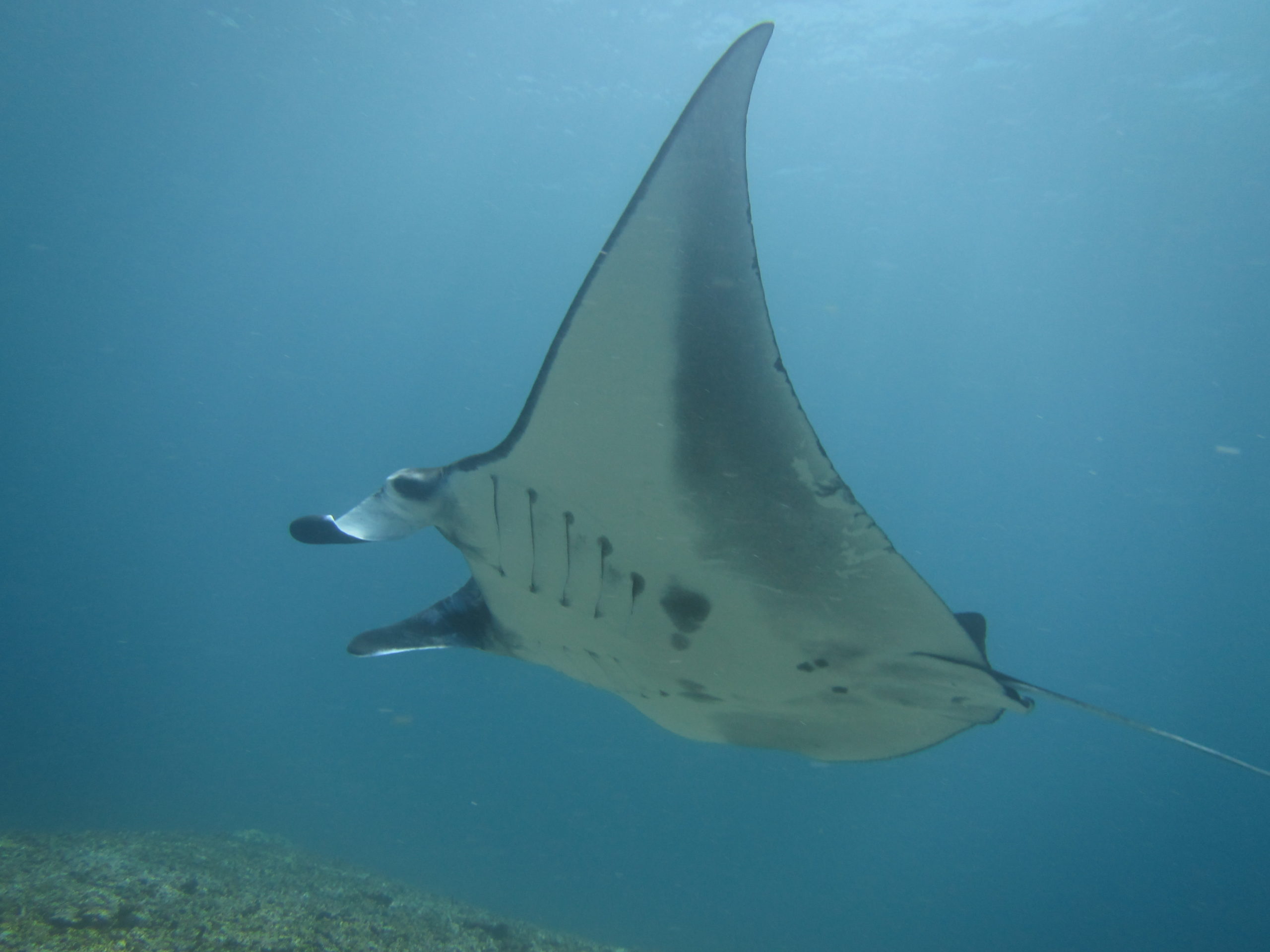
There are only a few places around the world where you have the chance to enjoy diving with manta rays.
One of the top locations in the world is here in Indonesia. Other places where you can find mantas are the Maldives, Mexico and Hawaii. The top locations in Indonesia to spot the mantas are Komodo National Park, Bali and Raja Ampat.
In Komodo you can usually find mantas at four dive sites. These dive sites are Manta Point, Manta Alley, Mawan and Cauldron. You can normally find mantas all year round at these dive sites but, when you hit the manta season, you can see them almost all over the Park.
How Big Can Manta Rays Grow?
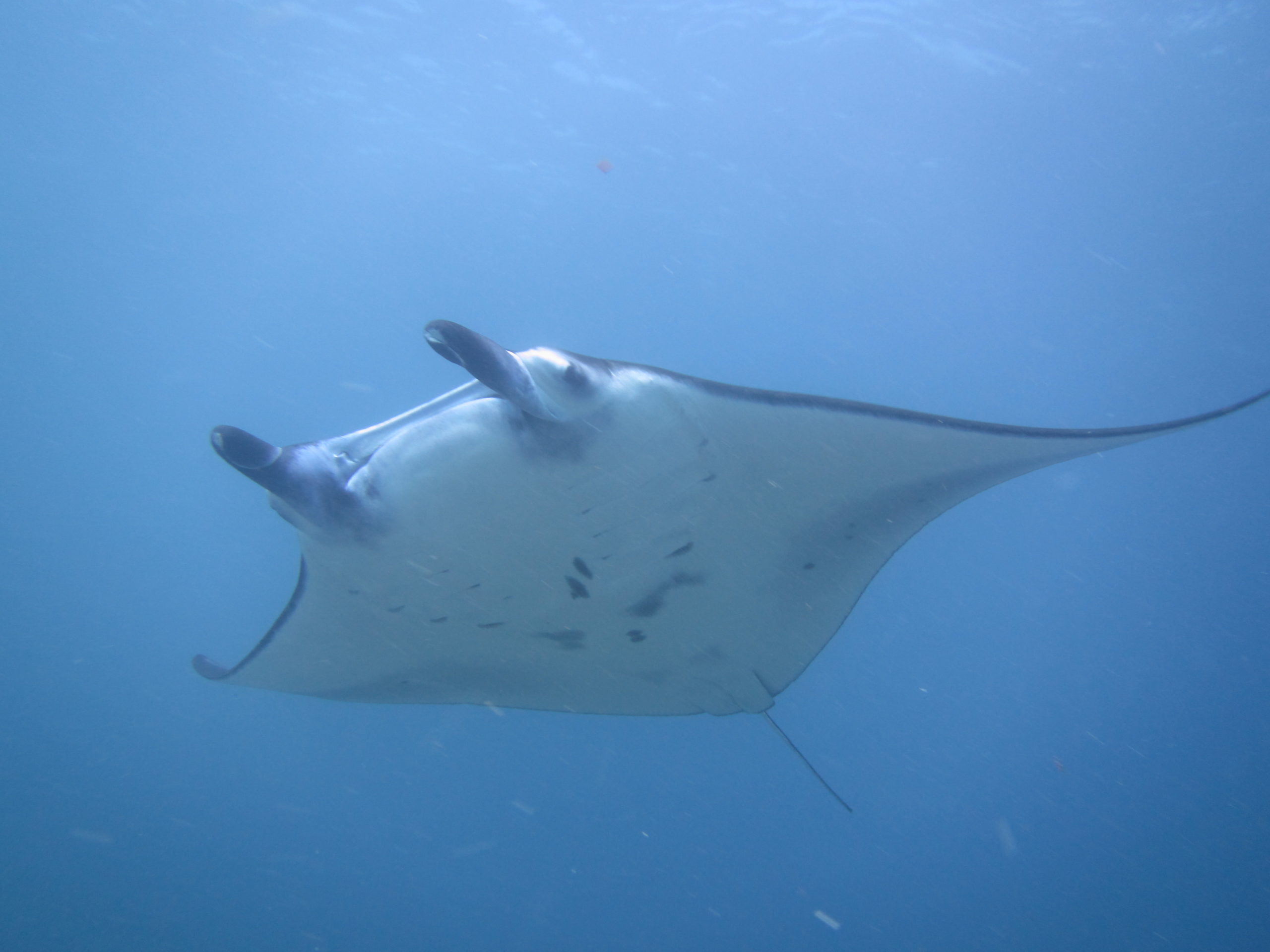
Oceanic manta rays are known to grow up to a length of 9 meters and weigh up to 2 tonnes!
The mantas that you can find here in Komodo National Park are reef mantas, which can grow up to a length of 5 meters. Imagine swimming next to a 5 meter manta: that’s roughly 3 times bigger than the average human! It’s pretty incredible to say the least.
What Do Manta Rays Eat?
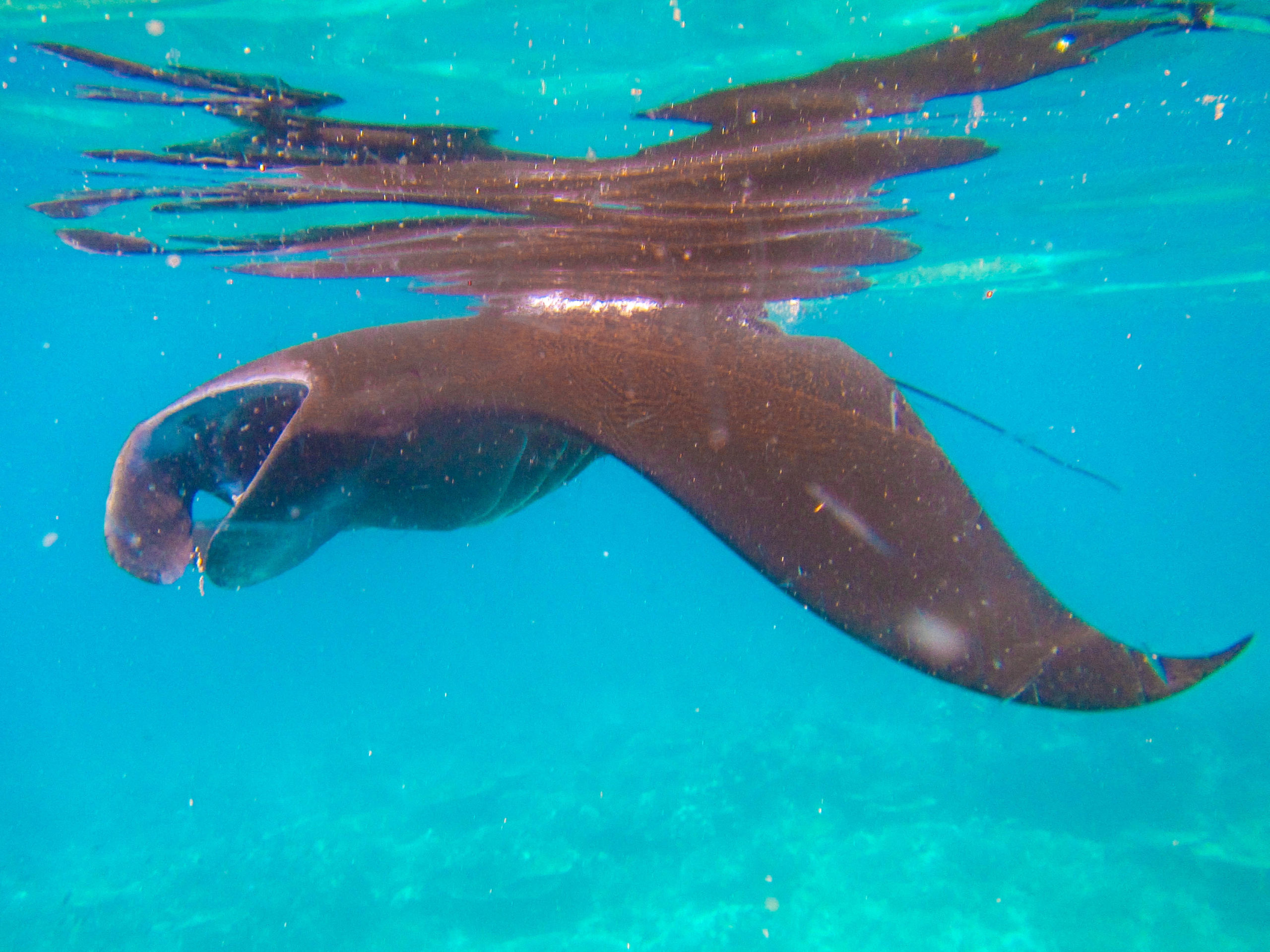
Manta rays are filter feeders so they only eat plankton. This can consist of zooplankton, mysid shrimps, copepods, arrow worms and fish larvae. A normal feeding day for a manta ray is consuming a daily average of 5kg – 27kg of food. That’s a lot, considering the size and weight of plankton!
Mantas usually feed near the surface where the plankton hang out. They are sometimes found feeding near the bottom where they hoover up the plankton from the seabed.
The Markings On Manta Rays
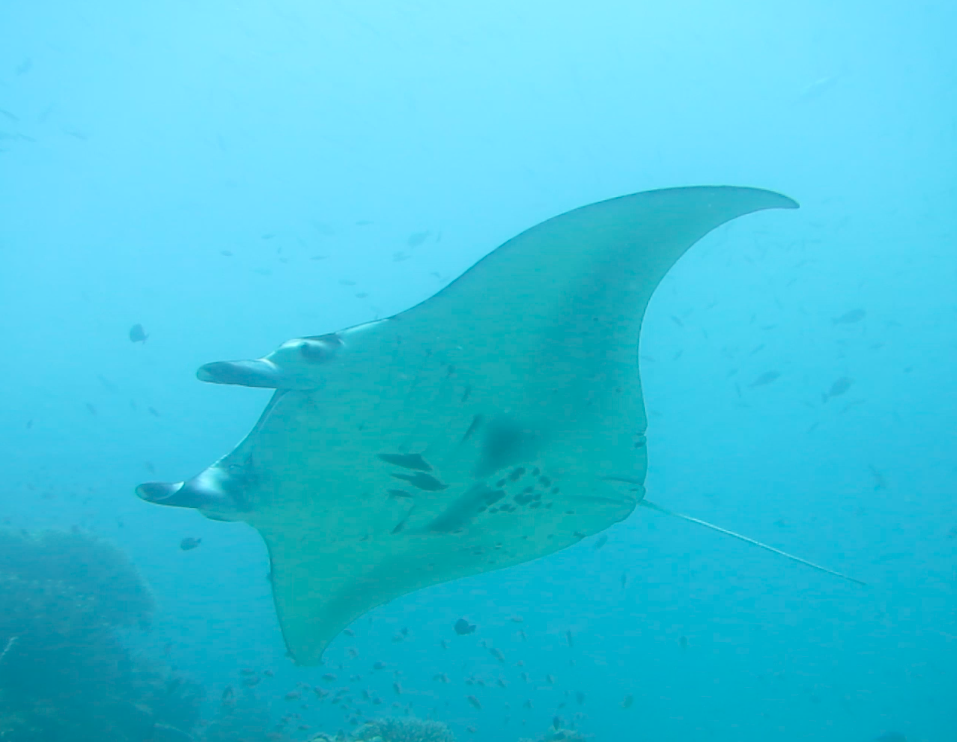
Every manta ray is unique, defined by the markings on their underside. Each marking is as unique as a human fingerprint, which is how we can tell them apart. There are a few online databases with thousands of identified mantas. They are classified by the pattern of their spots.
Have you got a picture of a manta that you’d like to find the name of? Or maybe it’s a new manta that hasn’t been discovered yet! Head on over to these manta databases and submit your photos to find out more about your manta.
Mantas Love A Clean-Up
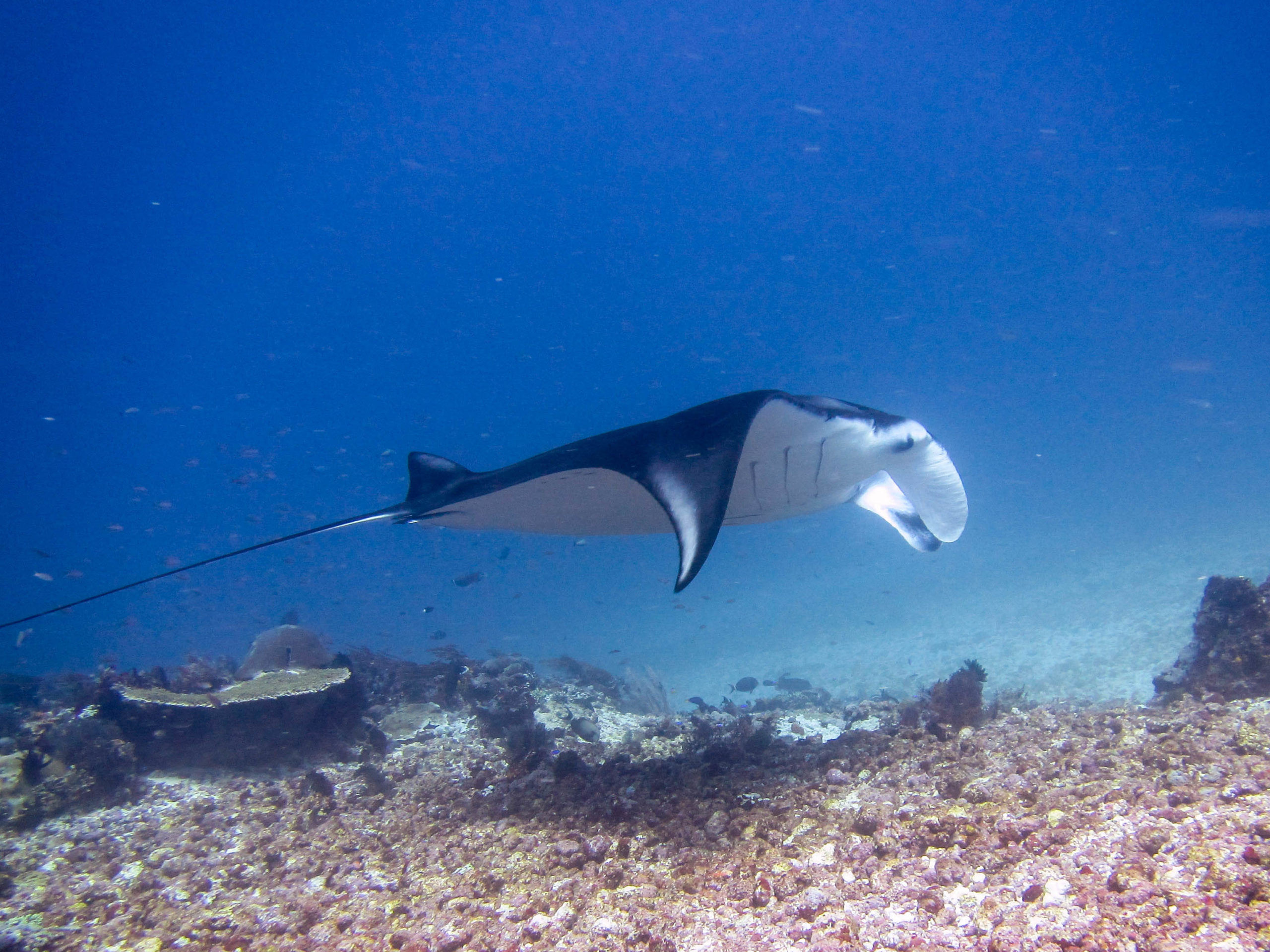
Yes it’s true, mantas are clean freaks and can spend up to 8 hours a day at cleaning stations. Cleaning stations are where mantas hang out to get themselves scrubbed up by cleaner wrasses and other fish. These fish bite off tiny morsels such as dead skin and parasites. No wonder mantas are so beautiful, they’re always so super clean!
How Do Mantas Reproduce?
The manta reproduction process starts off at a cleaning station. Here is where the female will let off a hormone that summons the males. Then this will start ‘the chase’ which is when the males chase a female. It can last up to 48 hours.
The chase can be seen with many males following one female. The female will play tricks, making loops and doing a dance so she can see who is the strongest male to endure the chase.
Once there is only one male left, he will take hold of her left wing with his mouth. He will then move underneath the female so they are facing each other.
You can tell if a female has mated by checking if there is a mark on her left wing. This is where the male has taken hold of her during mating.
Fun Fact: Did you know that mantas give birth to live young? Once mantas give birth they do not stay with the baby, so the little one is on its own from day one! A manta giving birth has only been documented once in an aquarium. There is no other documentation of it. It is unknown where they give birth.. do you have any ideas?
Some Mantas Are All Black
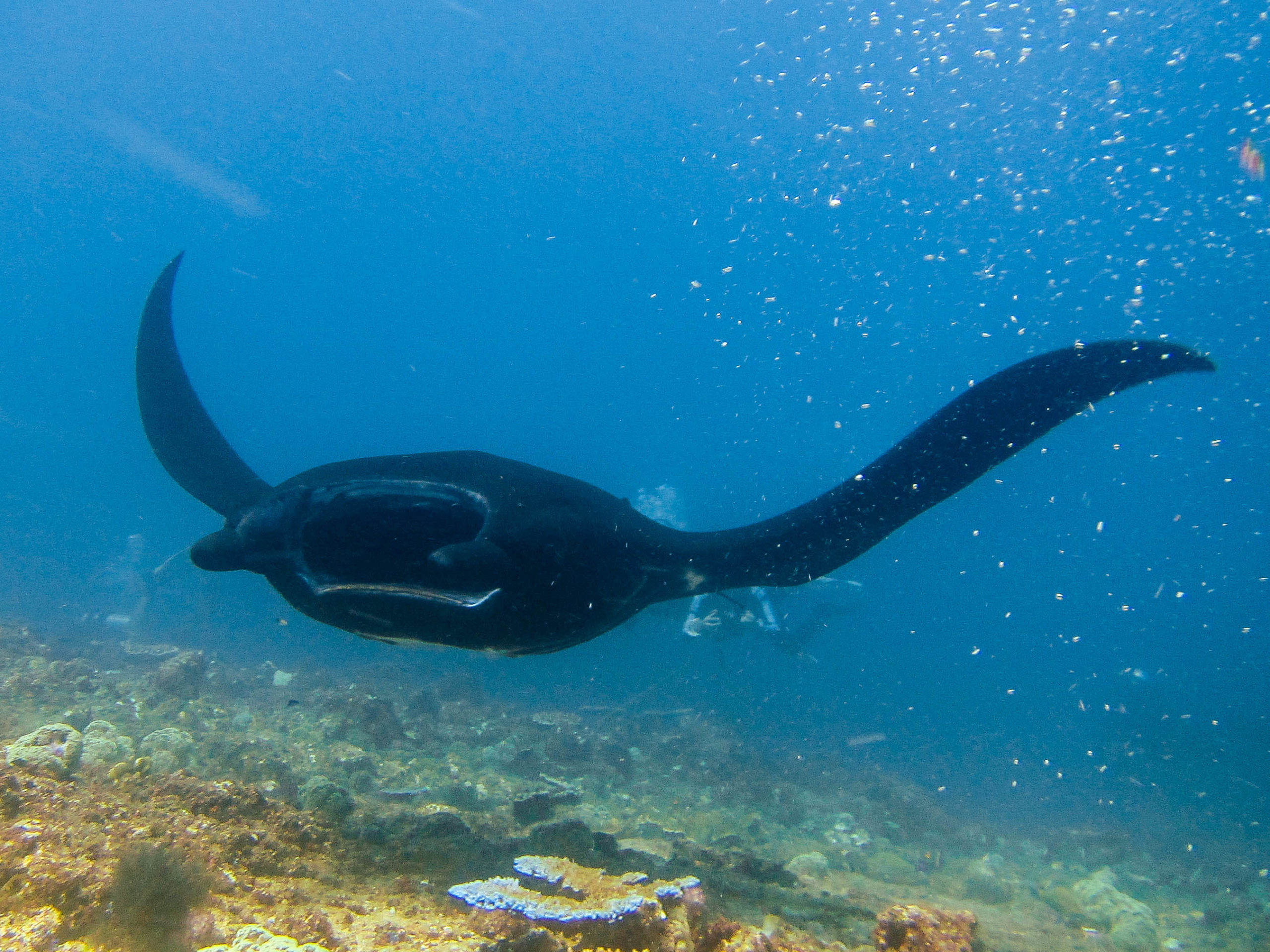
Here in Komodo, we like to call them the ninja mantas. These all-black mantas (melanistic mantas) make up only 25% of the manta population. In some places they are rarer to see than in others but here in Komodo there is a 1 in 10 chance that you may see one!
An even rarer manta that is known to exist is the albino manta (all white). These beauties have only been spotted around Sumbawa Island, Indonesia and northern Borneo, Malaysia.
Are You Ready To Go Diving With Mantas?
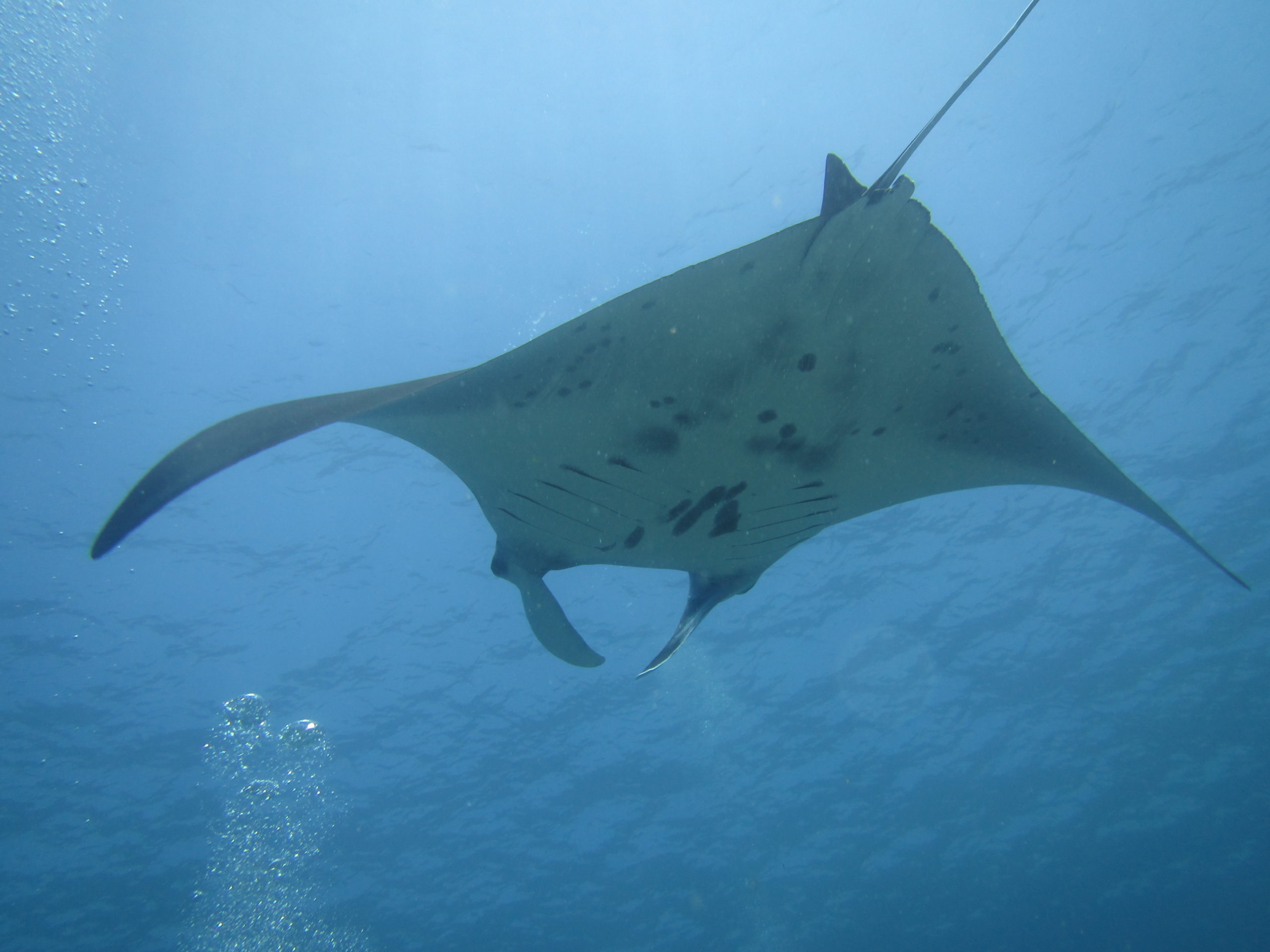
Diving with manta rays is one of the best experiences that any diver can encounter. When you go diving with mantas rays make sure that you respect them and abide by the ‘code of conduct for diving with mantas’ here below:
1. Do not touch the mantas – This invades their personal space and they will swim away.
2. Keep your distance – It is best to stay at least 3 meters away from the manta. Sometimes the manta will come to you if you stay at a distance. If they decide to come to you, stay calm and control your buoyancy.
3. Do not chase the manta – This will scare the manta and it will swim away.
4. Do not use excess flash photography.
5. Have fun and make sure to enjoy this amazing experience!
Diving With Mantas In Komodo National Park
Now you know some awesome facts about mantas, we’re sure that you’re ready and excited to go diving with them! Our dive centre is located in Labuan Bajo, the gateway to Komodo National Park, Indonesia. At Flores Diving Centre we do daily trips to see these beautiful creatures.
Want to find out more about dive sites where you can find mantas or about our diving trips? Visit our dive site page and diving with us page on our website to find out more.
If diving with manta rays is on your bucket list, then there is no doubt you should visit Komodo National Park. See you soon!

